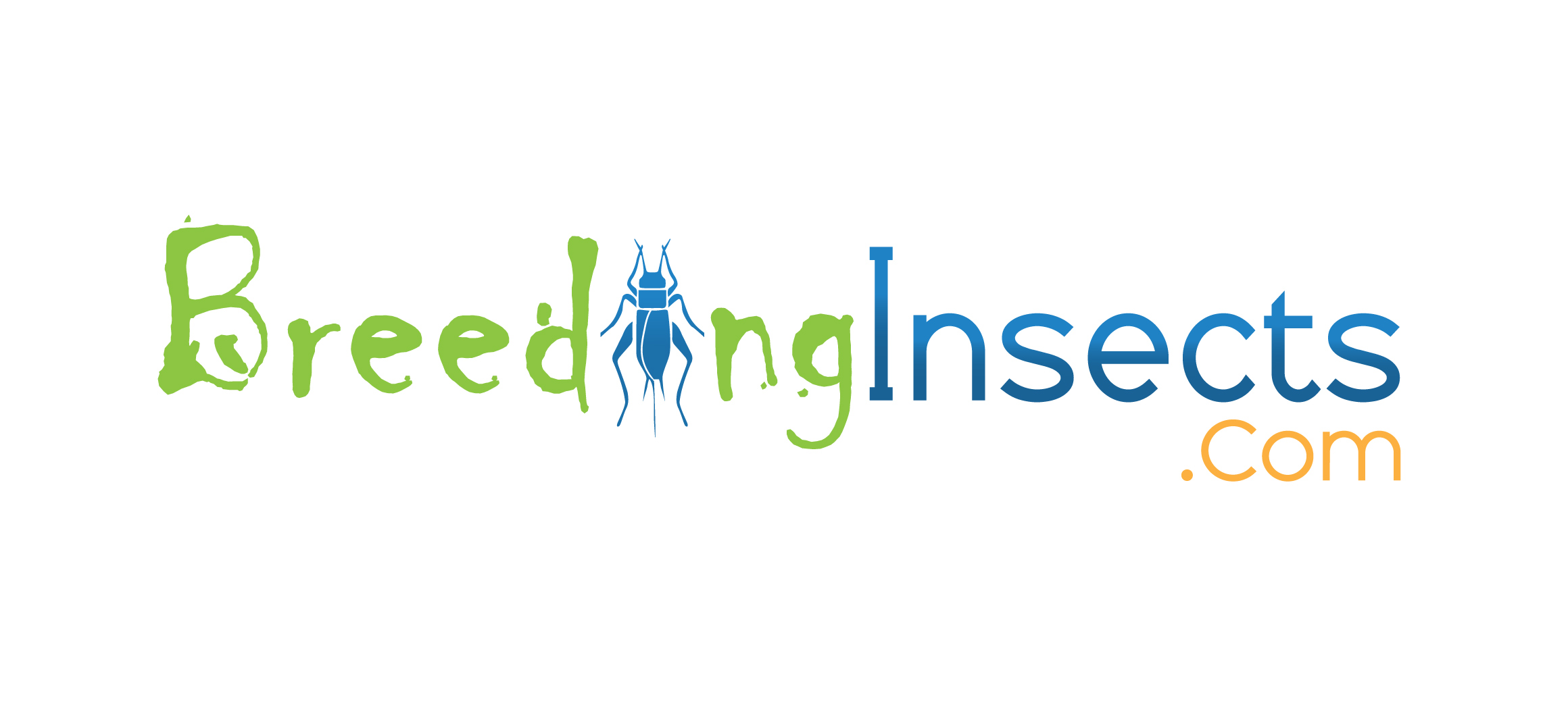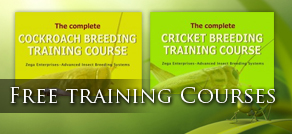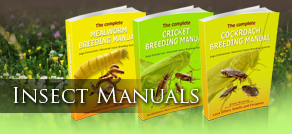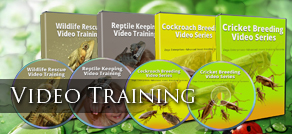
Disclaimer
Information provided is general in nature, as every country and region will have unique health, food and safety standards. Furthermore, legislation and food standards may change over time, and different insect products will have different health requirements.
It is therefore essential, that before you produce insects (or insect products) for human consumption that you obtain independent and appropriate advice relating to legislation, health and food standards that specifically apply to your area and the methods you are using. Advice must be obtained for the whole process from rearing, processing, packaging and transport. At a minimum this may involve; state, local or federal governments; other agencies and organizations.
Zega Enterprises takes no responsibility for any liability of damages, actions, loss or injury resulting from breeding insects for human consumption using information contained on this website or insect breeding books and videos.
Where do I Start ?
Below we go through some things you need to consider step by step. Whilst some of these requirements may appear to be daunting, many of them apply to other mainstream animal and plant industries. Therefore, there are likely to be a variety of businesses that have experience in these areas already. If testing of food and substrates proves difficult you can consider the option of purchasing insects foods and substrates from commercial suppliers that have already undertaken testing.
Remember the food sector is a big market and there are a number of Government Departments, businesses or Organizations who are trusted with this task of helping you with food safety.
To help you find contacts and information relating to breeding and food standards for the edible insect industry refer to to the below resources:
- How to Breed Insects– Free training courses. Our comprehensive guides and videos set a benchmark for insect breeding.
- Books– Insect breeding, processing edible insect products, controlling pest species, food standards, sustainability and bush foods.
Potential Risk
All animals including insects contain pathogenic microorganisms such as bacteria, viruses or fungi, which have the potential to be harmful to humans. Please note that these risks may also apply to insects that are consumed indirectly via other animals. (for example insects fed to chickens, pigs, fish).
Chemical Contamination
All animals including Insects can be contaminated with chemicals if they are fed dry (pellets) or wet food (fruit and vegetables) that contains contaminants. Another potential chemical source is substrate used for breeding (soil substrate in crickets) and chemicals use in the insect breeding facility (i.e. pest sprays).
Allergic Reaction
The presence of chitin may have an effect on people who are sensitive to shellfish products. Appropriate labeling of the product is required to warn people who are prone to these allergic reactions.
The above potential risks can be minimized if insects are reared and processed appropriately as outlined in following sections.
Rearing Practices
- Insect rearing is in closed environment where ventilation, lighting, temperature and humidity can be controlled.
- The insect breeding facility is secured so that the entry of pests and escape of insects does not occur.
- Feeding times and types are recorded
- Record the type of substrates (breeding or feeding) used and when they are changed. Full trace ability of substrates used.
Testing
- Substrates and feed are a potential source of contamination, and should be tested for heavy metals, pesticides and microbial contamination before being fed to insects.
- The final insect product should also be tested for microbial contamination and/or chemicals in accordance with current practices for other animal products. An alternative to this is to use food and substrate sources that have been tested and validated already.
- The frequency of testing will depend on the food standards in your area. If contaminant sources such as food substrates have been established and this remains unchanged, then repeat testing may not be required in some jurisdictions. More regular testing for microbial contamination however may be more common to ensure hygiene practices are working.
Labelling
- Due to the possible presence of allergenic proteins or proteins cross-reacting with allergens, a label must be added to packaging that indicates the presence of insect protein and the risk of it causing an allergic reaction.
- Both chitin and shellfish warning statements must be present on the label to ensure consumers are aware of the risks. All warning statements and declarations must be made in accordance with local health and labelling standards.
Bio Security Checks
For bio-security reasons, many countries require that insects and insect products that are imported must be:
- Dead and heat treated
- Not listed on the CITES list of Endangered Species http://checklist.cites.org/
- Other specific checks for government agencies (not on pest species list)
Where do I Get More Information?
To help you find contacts and information relating to breeding and food standards for the edible insect industry refer to to the below resources:
- How to Breed Insects– Free training courses. Our comprehensive guides and videos set a benchmark for insect breeding.
- Books– Insect breeding, processing edible insect products, controlling pest species, food standards, sustainability and bush foods.





